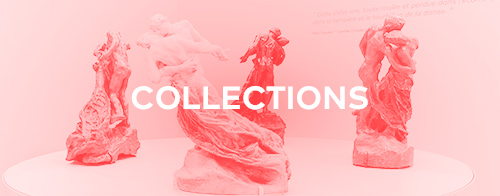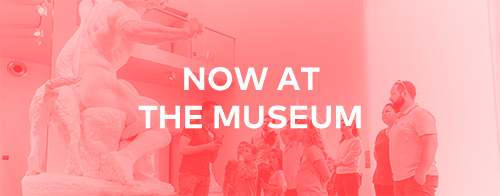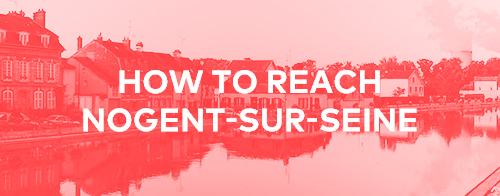1909-1943 : Period of confinement
Spells of delirious paranoia focusing on “Rodin’s band” influence her creative output, to the point of drying it up. She is confined to a mental hospital on 10 March 1913, where she will remain for the rest of her days.
Destructions
1911: Camille Claudel’s physical and mental health worsens, worrying her brother. She shuts herself in.
In a letter to Henriette Thierry (undated, circa 1912), she evokes her destructive tendencies:
“When I received your announcement, I was in such a state of anger that I took all of my wax models and threw them in the fire, it made quite a blaze and I warmed my feet in its glow, that’s what I do when something unpleasant happens to me, I take my hammer and smash up some chap […]
The large statue nearly met the same fate as its little wax sisters, for Henri’s death was followed a few days later by more bad news [...] And many more capital punishments were carried out soon after, with a pile of rubble accumulating in the middle of my studio, it's a veritable human sacrifice."
Correspondances, A. Rivière, B. Gaudichon, Paris 2008.
1913 : confinement
Camille Claudel is not informed of her father’s death on 3 March in Villeneuve-sur-Fère – the father who had ever shown his love for her and protected her. She would therefore not attend his funeral.
On 7 March, Doctor Michaux drafts the confinement certificate for Camille Claudel, who is now 48 years old.
On 10 March, she is confined at Ville-Evrard (in the Val-de-Marne). The procedure adopted is that of “voluntary placement”, as requested by her mother.
Montfavet
She is transferred to the Montdevergues asylum from 5-7 September 1914 due to the war. There she would remain until her death in 1943.
1929: Jessie Lipscomb and her husband visit Camille Claudel during a trip to Europe. This meeting is immortalized by a photograph.
Camille Claudel dies on 19 October 1943, at the age of seventy-eight. Her brother had last visited her on 21 September. She is first buried at the Montfavet cemetery in a temporary tomb, before being transferred to the communal grave.
Reconnaissance
In 1914, while Auguste Rodin is negotiating the establishment of his museum within the Hôtel Biron, on Rue de Varennes, Mathias Morhard requests that he set aside a room for Camille Claudel. Rodin approves the initiative, but Paul Claudel is categorically opposed. Rodin dies on 17 November. His funeral is held at the Villa des Brillants in Meudon, where he is buried.
Between 1934 and 1938, works by Camille Claudel are displayed at the Salon des Femmes Artistes Modernes (“Modern Women Artists Exhibition”).
In 1949, against all expectations, Paul Claudel requests that the Musée Rodin host a retrospective exhibition of his sister’s oeuvre. Cécile Goldsheinder and Paul Claudel work closely together, with the latter authoring the catalogue’s preface entitled “My Sister Camille”, in which he presents a study of her works and an intimate portrait of the artist.
In 1952, Paul Claudel makes an essential donation to the Musée Rodin: the first version of The Age of Maturity in plaster, the second in bronze, The Abandonment in marble and Clotho in plaster.



